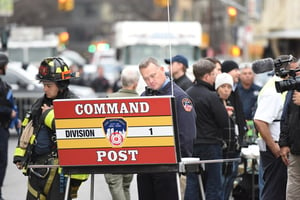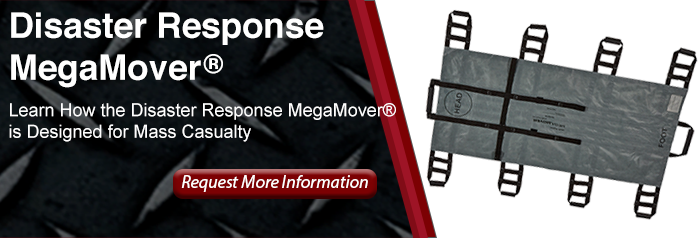 Active shooters want to cause chaos. This chaos quickly spreads beyond victims and bystanders and can affect first responders too. When the key to saving lives is a fast response, there is no time to stop and wonder who is in charge. This need is why Rescue Task Forces were created, to streamline responses, coordinate multiple groups and facilitate faster care and treatment of victims.
Active shooters want to cause chaos. This chaos quickly spreads beyond victims and bystanders and can affect first responders too. When the key to saving lives is a fast response, there is no time to stop and wonder who is in charge. This need is why Rescue Task Forces were created, to streamline responses, coordinate multiple groups and facilitate faster care and treatment of victims.
Rescue Task Forces Minimize Delays
Mass casualty responses have been marked by communication lags and care delays. Consider the Pulse Nightclub shooting in 2016. While the police response was rapid and immediate, subduing the shooter in minutes, the fire department was delayed. First responders were stuck waiting to provide much-needed medical care while the permission and scene status was relayed through multiple administrators and managers. EMS was ready, victims were in need and yet care was delayed. A trained rescue task force creates preplanned communication structures and zone-related responses to minimize these delays.
Implementation of Rescue Task Forces
A concept inspired by the Arlington County Fire Department, a Rescue Task Force (RTF) was created as a way to centralize incident response command and streamline response times. Key components of a Rescue Task Force include the creation of three zones:
- Hot Zone - Known hazard - shooter possibly still at large
- Warm Zone - Law enforcement has mitigated the threat - area clear but not secure
- Cold Zone - Area is under control and secure - safe to operate
The benefits of an RTF are multiple. By creating planned response levels for each zone, EMS staff are able to understand when and how they can operate at an active shooter scene. Previously they were allowed to only operate in a cold zone. Allowing warm zone response lets EMS staff treat, stabilize and transport victims as they are encountered, saving valuable minutes by using terrain, distance, and law enforcement strategies to the advantage of nearby victims.
Transportation from a Mass Casualty Scene
Transport is only possible with the right tools, and streamlined transport isn't possible with old-fashioned, wheeled gurneys. They are bulky, cumbersome and difficult to maneuver over uneven or soft terrain. Even rigid backboards used for transport take up space and may be unwieldy in an active shooter or mass casualty scene.
Enter the MegaMover® Tactical and MegaMover® Disaster Response patient transport units. They were each specifically designed by first responders for active shooter and mass casualty incidents. Each transport is lightweight (under 2 lbs.) yet highly durable and able to transport victims up to 500 lbs. of weight. MegaMover® Tactical can be used to with only 1-2 responders to drag patients to safety. MegaMover® Disaster Response models are set to navigate even the toughest terrain using 2 to 8 responders as needed to climb, walk and carry patients to a safe treatment area.
Collaboration, along with the right tools, like the MegaMover® Tactical and the MegaMover® Disaster Response transport units, aid Rescue Task Force teams under the immense pressure of mass casualty and active shooter incidents.
Click here to learn more about the whole line of MegaMover® transport units.

